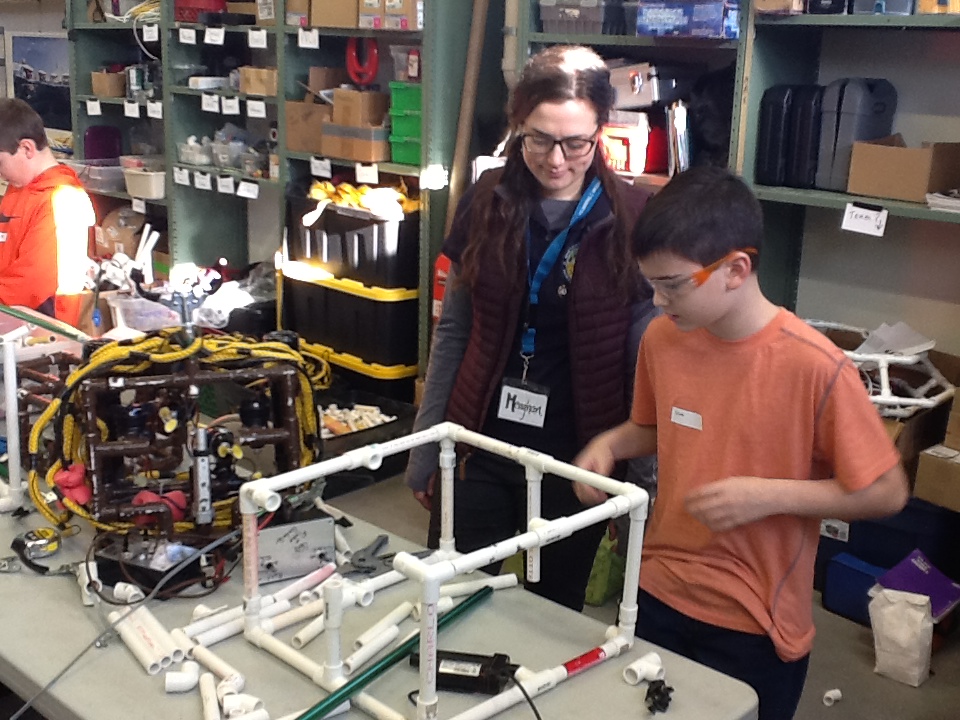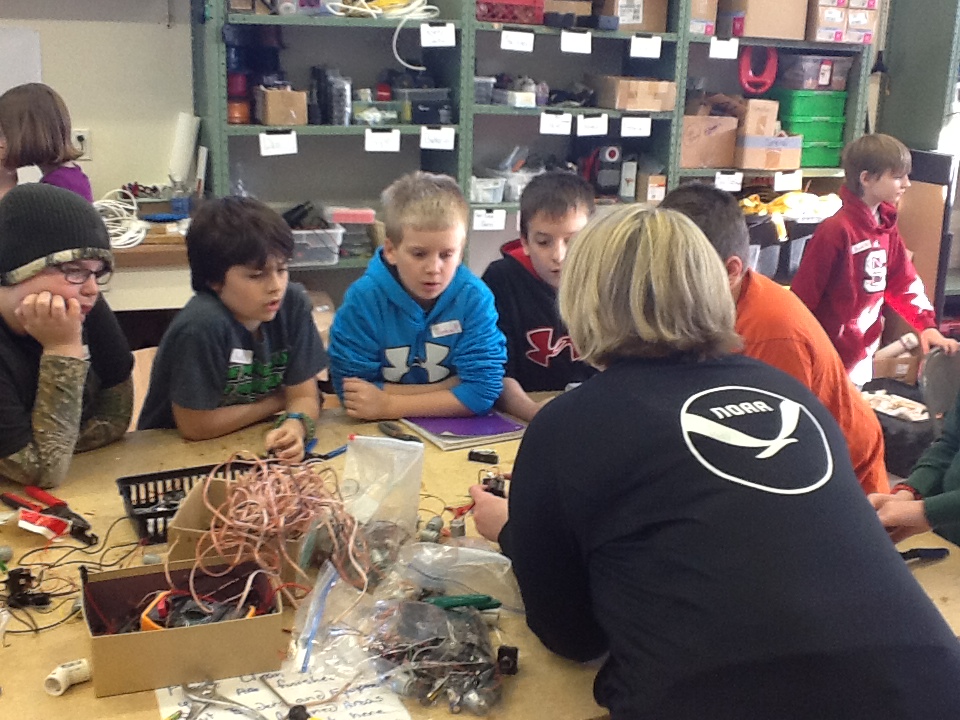Successful scientists use mathematics and computational thinking.
In 2011, the National Research Council released a report, “A Framework for K-12 Science Education.” Michigan State University Extension and Michigan 4-H are working to increase science literacy through the inclusion of the Scientific and Engineering Practices described in the framework – and you can too!
The Scientific and Engineering Practices outlines eight simple but powerful practices about how to engage youth in science and engineering to increase STEM (Science, Technology, Engineering and Mathematics) literacy. The Practices are:
- Asking questions (science) and defining problems (engineering).
- Developing and using models.
- Planning and carrying out investigations.
- Analyzing and interpreting data.
- Using mathematics and computational thinking.
- Constructing explanations and designing solutions.
- Engaging in argument from evidence.
- Obtaining, evaluating and communicating information.
Mathematics is the language of science; without an understanding of mathematics, we are unable to recognize patterns around us, let alone gain insight and understanding of our world. Unfortunately, mathematics is often taught without a connection to our world or to reality, but numbers that have to do with our own observations and investigations can lead us to the real world. These numbers, the raw data of our experiments, have to be “crunched,” as we say, to reveal their secrets. This often involves simple math, like calculating averages, combined with charts and graphs, etc., to identify significant features and patterns. But to go a step further to address potential sources of error and the degree of certainty, there may be some higher math as well. Mathematics is simply a way of thinking based on numbers and patterns, which is a whole lot more precise than just noting that “A” was bigger than “B;” mathematics can tell us how much bigger (if we measure and calculate).
Click here to learn more about STEM-connected place-based education...

